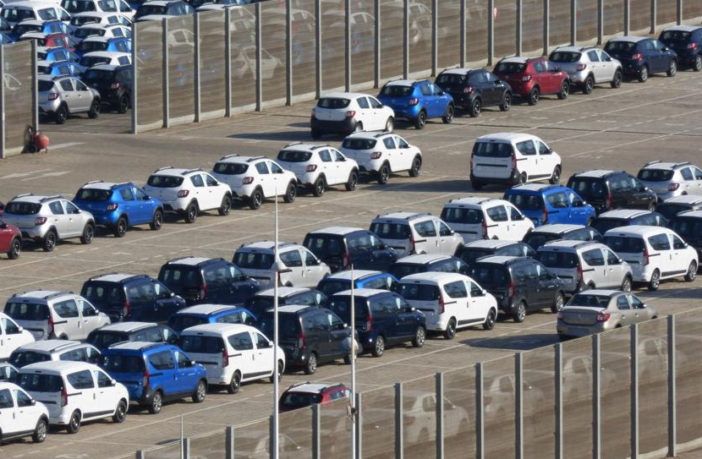EuropeAutonews.com
Douglas A. Bolduc
Automotive News Europe
Morocco officials hope to announce the name of a third global automaker to build an assembly plant there before the end of next year and the country is working to recruit a fourth major automaker plant before the end of 2021.
A fourth project would help the country reach its stated goal of having the capacity to build 1 million vehicles a year by 2025.
“At that level, we believe Morocco will rank among the top 15 vehicle-producing countries in the world, and quite possibility even enter the top 10,” Khalid Qalam, senior adviser with Invest in Morocco, told Automotive News Europe.
The first of the two unnamed manufacturers would launch production in the North African kingdom in 2021 or 2022, Qalam said.
That third player would join Renault, which has two factories in Morocco, and PSA Group, which will begin building cars near the coastal city of Kenitra in 2019.
The country’s fourth major automaker is expected to start production in 2023 or 2024.
Officials are mindful of the shifting nature of global technologies, Qalam adds. Morocco is encouraging its next vehicle manufacturer to produce a platform that allows it to manufacture both electrified vehicles and conventional models.
Morocco’s pitch to world automakers is that it offers a low-cost base to produce models for export to Europe. But to help make EV production more attractive, Morocco will be providing consumer incentives to get local buyers to consider switching to models that fully or partially run on battery power. By 2025, Morocco wants annual sales of electrified vehicles to reach 70,000 to 100,000 from small numbers today.
The move to electrified transportation coincides with Morocco’s aim to become a major producer of solar power and to cover half of the country’s energy needs from alternatives such the sun, wind and biomass.
The average wage in Morocco is less than 400 euros ($450) a month, compared with 2,000 euros just across the Mediterranean in Spain. The tax rate on companies is 0 percent for the first five years, and businesses are given a big break on value added tax. The country’s Tangier Med Port is already capable of processing 1 million vehicles a year. In addition, a high-speed rail line between Tangier and Casablanca is set to be operational in 2018.
One key thing that Qalam knows Morocco still needs to improve is its supply base. Right now, 40 percent of the parts used to build vehicles in Morocco are locally made. The goal is to boost that level to 60 to 65 percent by 2020 by adding local output of electrical, steering and lighting systems, transmission parts, safety equipment, wheels and paint.
“In the last 12 months, we have taken big steps to attract new global players that will add key technologies,” Qalam said without revealing the names of any of the companies.
Industry sources say that some of the suppliers considering plants in Morocco include Sogefi (fuel filters), Magneti Marelli (exhaust systems and lighting), JTEKT (steering systems), Nexteer Automotive (transmission parts and steering systems) and Varroc Lighting Systems.
They would join companies such as Delphi, which makes advanced wiring systems and high-precision connection systems, and Denso, which manufactures air conditioning systems and instrument panels.
Other global suppliers with operations in Morocco include glassmaker Saint-Gobain, seat maker Lear, wiring harness maker Leoni, interiors and exhaust system provider Faurecia and thermal energy management and electronics specialist Visteon.








